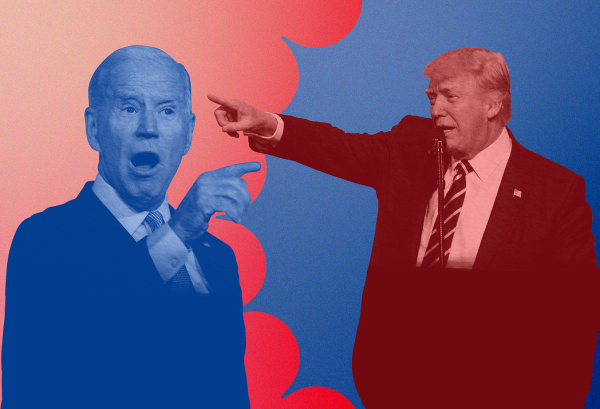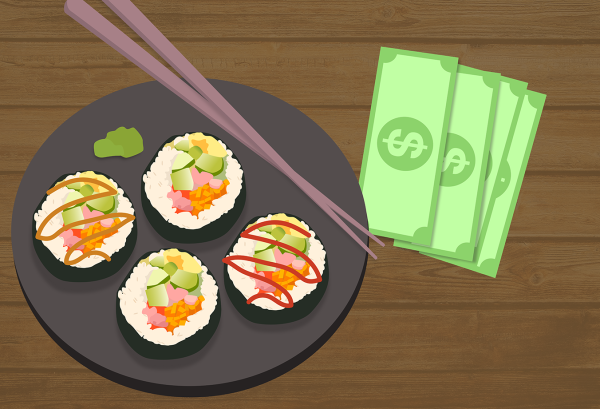Create, don’t steal, clothing styles
February 27, 2016
By just looking in the dictionary, “appropriation” might not seem like something to get worked up about. Who could it hurt? There’s no clear answer, but in the fashion world, this is becoming an inappropriate trend.
Appropriation is defined as, “the action of taking something for one’s own use, typically without the owner’s permission.” Someone took something without asking; so what? People don’t seem to be directly harmed from being appropriated.
In a public display of appropriation, runways are starting to use other cultures as aesthetics more frequently. It’s getting addressed on the news, in the streets, and on Twitter feeds. It’s no well-kept secret or unknown anomaly.
Yet it seems that some people aren’t understanding the issue. No matter how many people make videos explaining why cultural appropriation will never be okay, there’s always people who feel that they are the exception. Here’s what those people need to know:
Just because someone obsesses over the Desi culture, it doesn’t mean they can sport a bindi without understanding or following the religion that’s attached to it, no matter how brown their skin is. And just because a girl knows all the words to, “Jenny from the Block,” it doesn’t give her the right to call her friends “flaca” and dress like a chola if she’s white.
The issue is that appropriation does not recognize the problems that come with certain cultures. In the fashion world, models get paid enormous amounts to gel down baby hairs and pose for magazine spreads. Meanwhile, businesses across America are denying women jobs because their natural hair is too “unprofessional.” That’s cultural appropriation.
Culture is not a costume or an aesthetic. It isn’t an opportunity for trend-istas to explore their style range or for designers to use as “inspiration.” Culture is a lifestyle. It can’t be hung up and saved for the next trip to the edgy part of town like a pair of gold bamboo hoops that read, “honey.” Appropriation is a slap in the face to the thousands of people who have been shamed, put down, excluded or hurt because of their social standing.
However, there is a difference between appropriation and appreciation.
It’s true that a certain looks can be appreciated and even imitated. Outside of the runway, young people often express their style through emulating others, like their favorite celebrities or a relatable social group. But the second they call a culture theirs and start wearing it like a brand, never acknowledging the source or complexities of its origin, that look has been appropriated.
While fingers will often point toward white people, typically young white females, no one is immune to cultural appropriation. All races are guilty of it.
Sometimes it is hard to pin down what’s OK and what’s not. The easiest way to avoid infringing on someone’s culture is to gain some sensitivity.
Trends are meant to be fresh, new and exciting, but someone else’s culture is not an opportunity to make into cash-crops.
Aspen Gage is the assistant features editor of the Kentucky Kernel.




























































































































































